



LOMPOC • CALIFORNIA
2 min read
Use mouse or trackpad to scroll
One of the defining elements of the western edge of the Sta. Rita Hills is the geology and topography of the land. In fact, this is exactly what drew us to this small corner of the appellation, where giant formations of ancient diatomaceous shale beds rise to a thousand feet over the Santa Ynez River. Here, we knew the vineyards would take years to become established, working relentlessly to drive their roots into the bedrock searching for small deposits of water and nutrients.
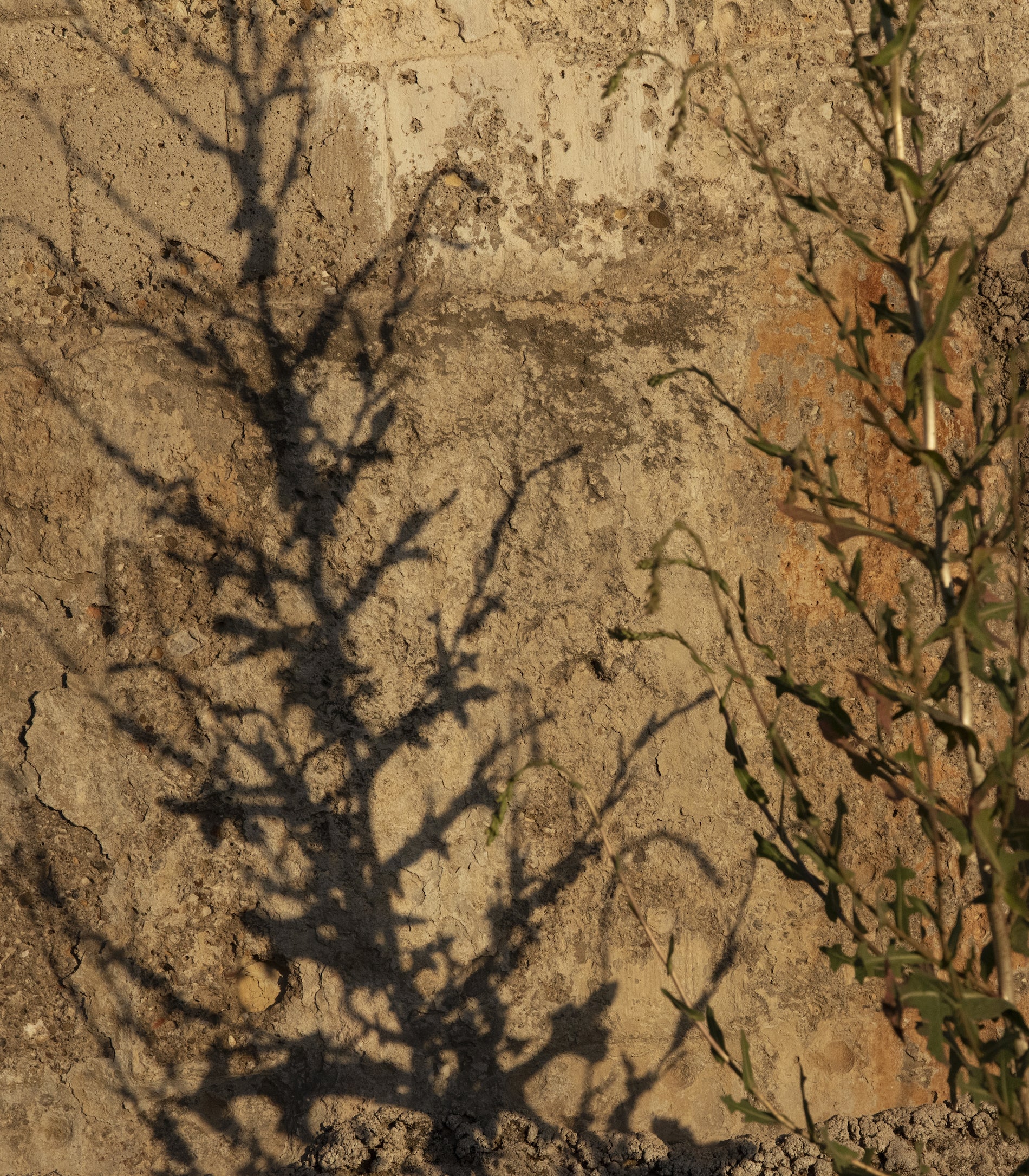

These sedimentary soils, that over 20 million years have slowly decomposed and fractured, now offer exceptional terroirs for the cultivation of Pinot Noir. This geological wonder, combined with the marine chilled climate, is what makes Domaine de la Côte so incredibly unique and special. After years of feeding these meager topsoils with compost and cover crops, we have finally started to see our vines become strong enough to produce enough crop to allow us to bottle an Estate Pinot Noir. The “DDLC” Pinot Noir is the only wine we produce that incorporates all of our single-parcel wines into a single cuvée.
Perched above the Santa Ynez River, Memorious is immediately downslope from Bloom’s Field. The vineyard bends gently to the southwest, opening its face to the Pacific Ocean and its winds. It rests upon a bedrock of Monterey Shale covered by alluvial deposits; its soils are the heaviest of the Domaine— deep brown in color, composed primarily of clay.


Memorious is host to—and consequently, named for—our one acre of Pinot Noir seedlings, planted in 2007. With these seedlings, which are in effect the “memories” of Pinot Noir, we have set out to identify and, over many years to come, cultivate our own genetic selection of one of the world’s greatest grape varieties.
Alongside Memorious downslope, Bloom’s Field spans the southwest-facing hillside that delineates the windward edge of our Domaine. The Monterey Shale bedrock of Memorious is prevalent here, too. However, the clay topsoils of Bloom’s Field are lighter in color and texture, particularly as the vineyard climbs the slope.
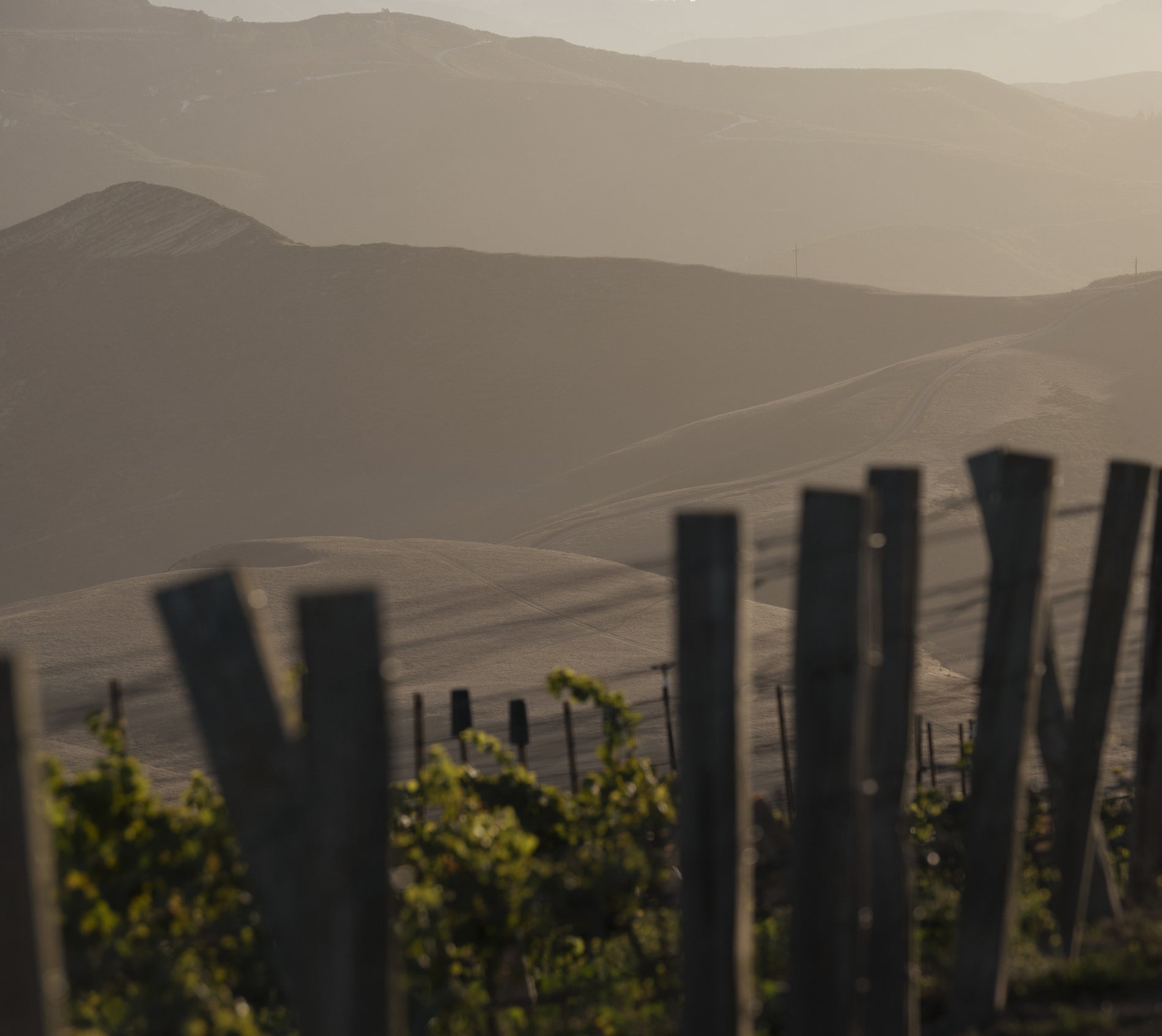
La Côte blankets a steep southeast-facing hillside on the leeward slope of our Domaine. Unimpeded by the inexorable winds that confront Bloom’s Field and Memorious to the west, La Côte enjoys more optimal pollination and less shatter. The vineyard possesses the most heterogeneous soils of our estate: its bedrock varies from Monterey Shale to Diatomaceous Earth to alluvium, and the associated soils range from shallow and rocky—with a plethora of broken stones—to rich and homogenous downslope.
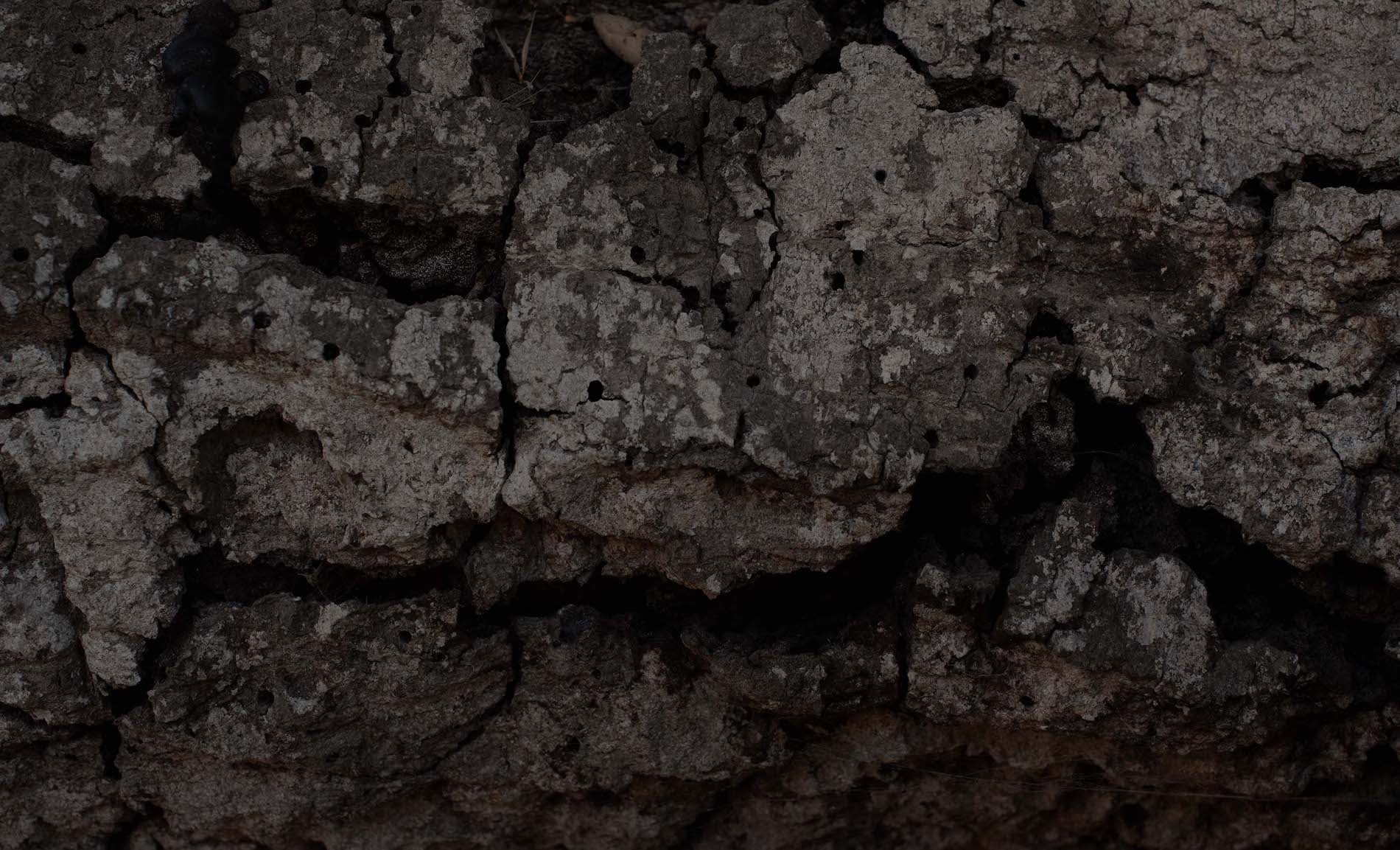
Sous le Chêne is a 1.5-acre parcel within the greater la Côte vineyard. It sits immediately below the estate’s majestic live oak, where the vines find reprieve from the ocean winds on an east-facing slope of shale and clay. This subtle lee is the most protected parcel of our estate. Here, the rows of Calera and Swan savor the morning light. They revel in well-drained soils, garnering further warmth from the scattered stones.
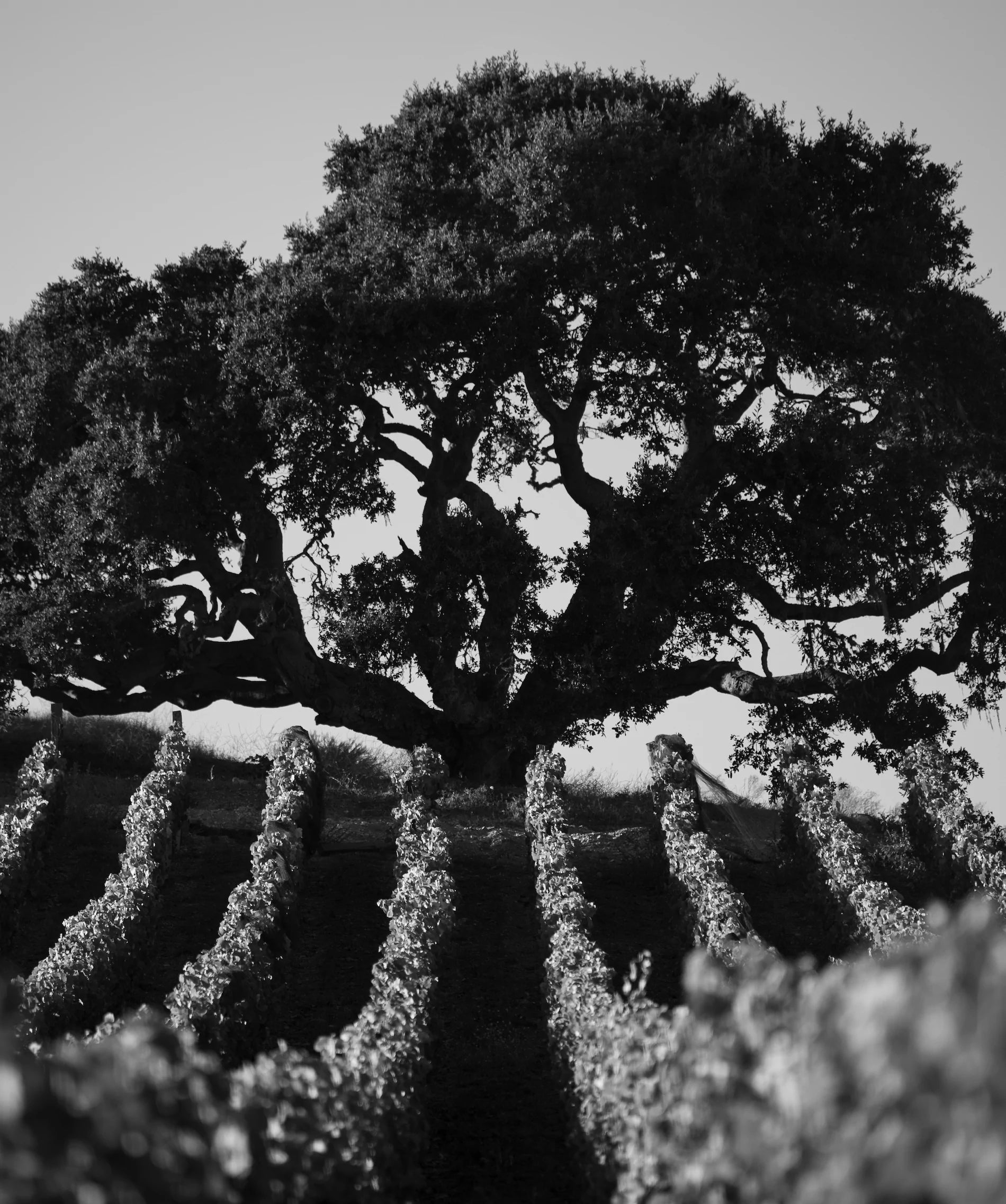
Located due west from La Côte sits Juliet vineyard, a calm and quiet site dedicated to Chardonnay. Planted meter by meter, the vineyard is cultivated on an extremely steep hillside, mandating that all work be done by hand. This lack of mechanization allows soils to remain free of compaction, which in turn, allows for better airflow and nutrient uptake. The vines in Juliet produce very low yields, averaging just 0.75 tons of fruit per acre.
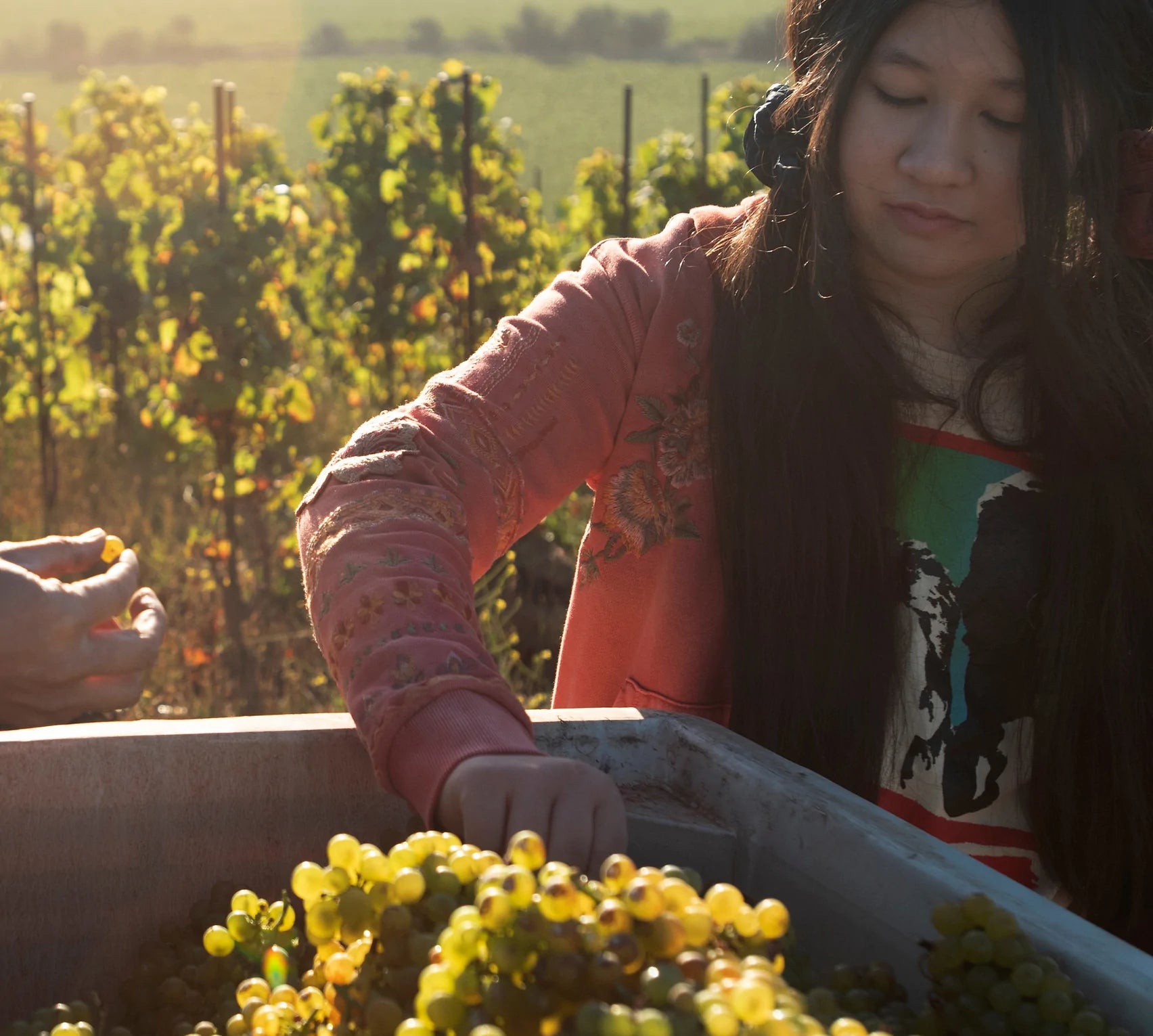
We planted this site in 2016 to Clone 76 on 1103P, and it covers just 2.40 acres in total. Here, diatomaceous shale soils and protection from harsh weather elements allow fruit to optimally ripen to their full potential.
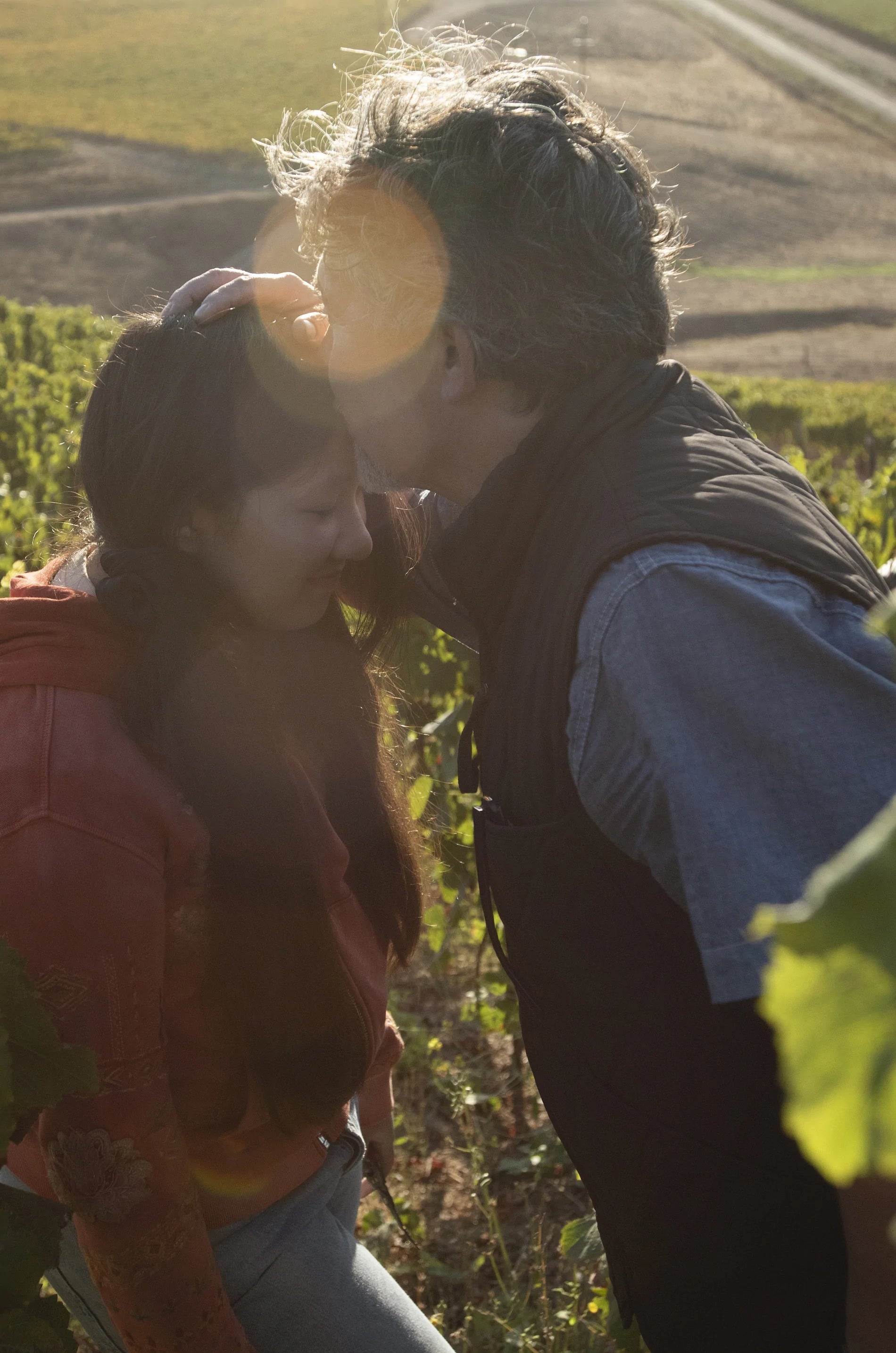
The vineyard is named after Sashi and Melissa’s daughter Juliet, who just celebrated her 15th birthday this year.